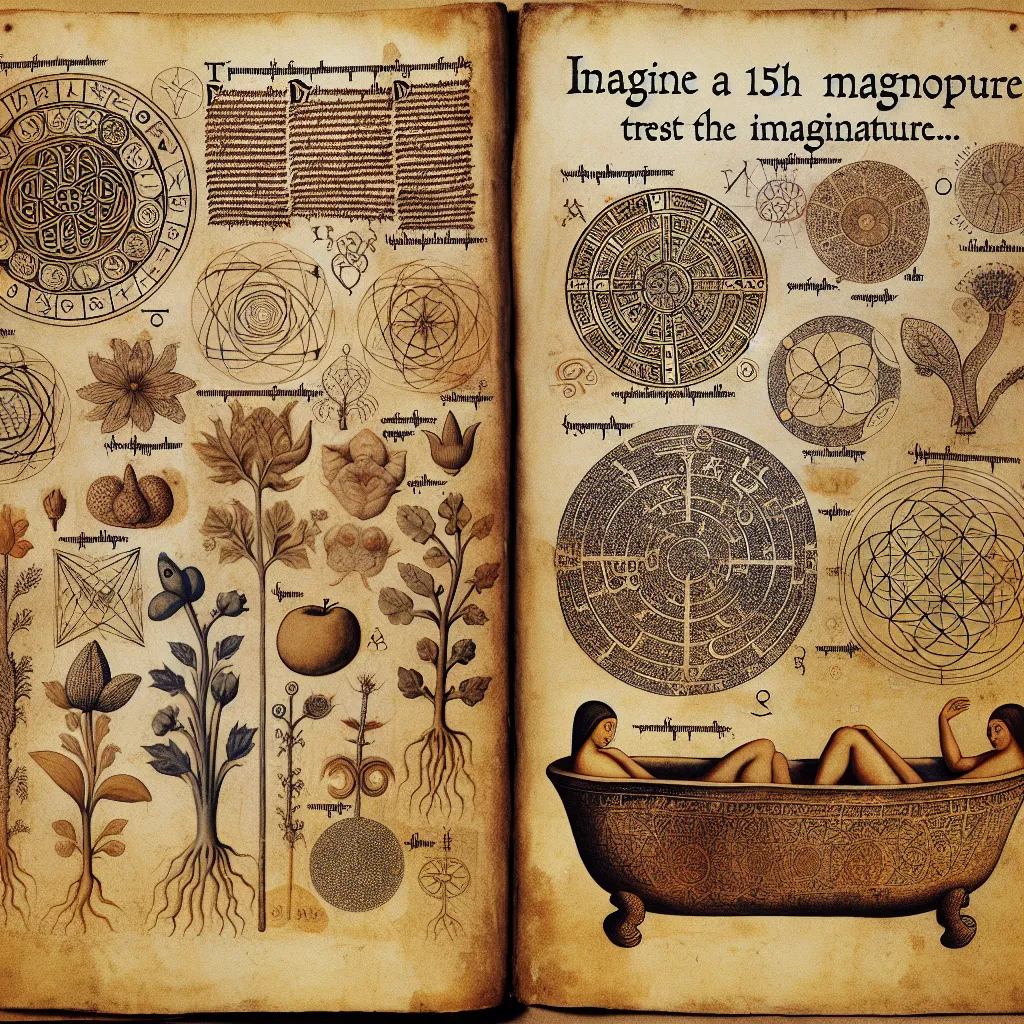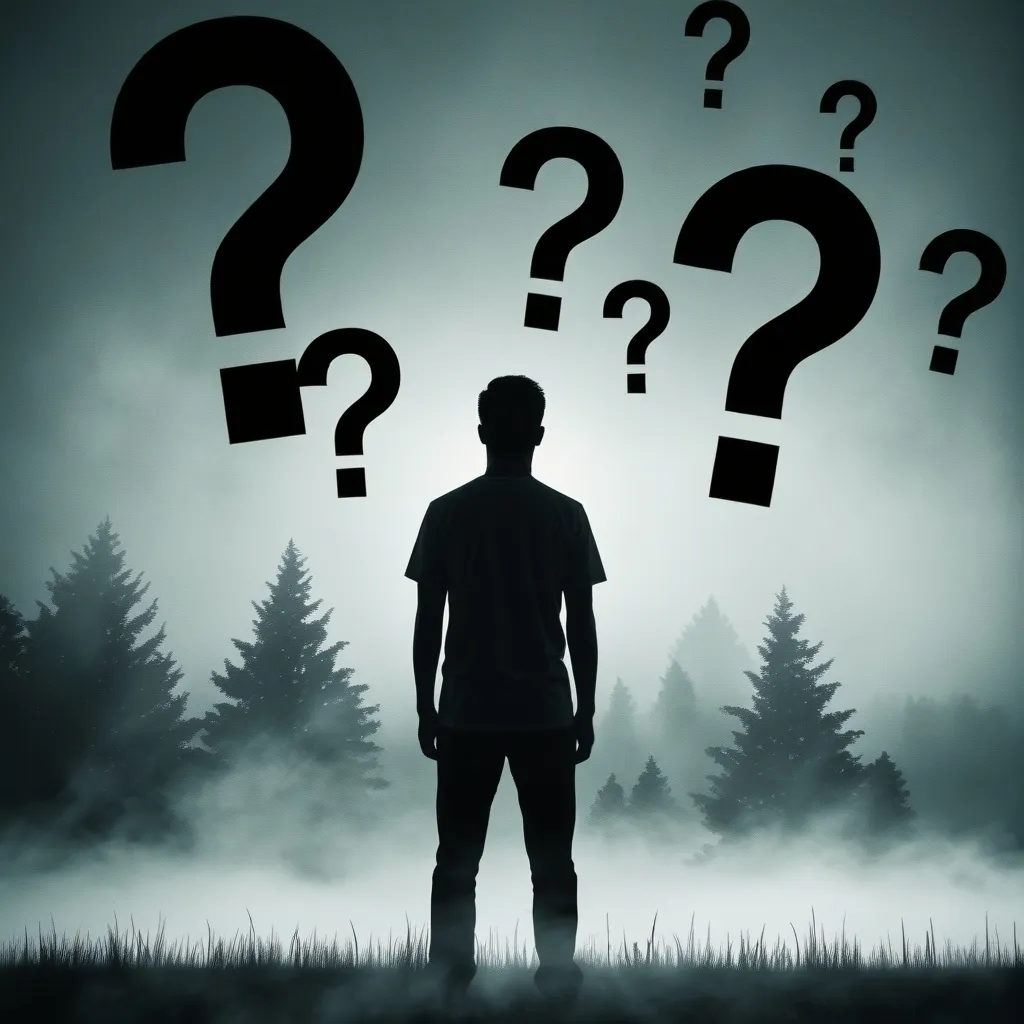For 600 years, the Voynich manuscript has puzzled everyone from scholars to cryptographers. This old, mysterious book, filled with strange drawings and an undecipherable script, has sparked countless theories and failed decoding attempts. Recently, a German researcher claimed he finally cracked it. Let’s dive into this mystery a little deeper.
The Voynich manuscript is a 240-page medieval codex, guarded by cryptic symbols and bizarre illustrations. You’ll find everything from odd plants and astrological doodles to countless images of naked women in peculiar bathtubs. For centuries, cryptologists, scientists, and even Alan Turing have tried and failed to understand it. Cracking this book has become a near-impossible quest.
Picture a thriller movie prop – that’s the Voynich manuscript. It’s made from calfskin dating back to the 15th century, written in a language no one has deciphered, and adorned with whimsical illustrations. Drawing interpretations include imaginative plants, weirdly shaped baths, and more, making it a true work of enigma.
The book’s illustrations and divisions – labeled as herbal, astrological, pharmacological, and biological – raise even more questions. Unrecognized plants, mysterious constellations, and women in peculiar baths fill its pages. This peculiar chapter includes women in bathtubs that resemble reproductive organs, giving rise to infinite speculations.
After numerous failed attempts and far-fetched theories, a German Egyptologist named Rainer Hartig announced he decoded parts of the manuscript. He suggested it might be based on Hebrew. Despite his initial claims, many experts remain skeptical, poking holes in his translation and doubting his conclusions.
Historically, various theories have been proposed. Some think the book holds secret wisdom from ancient philosophers. Alien theories are also popular, considering the star charts and unknown language. Every few years, a new claim emerges but is often debunked just as quickly.
The manuscript’s origin is slightly less mysterious. Carbon dating places it in the 15th century, and historical records show that the Holy Roman Emperor Rudolf II once owned it. After passing through multiple hands and disappearing for centuries, it reappeared in 1912 when Wilfred Voynich, a Polish book dealer, bought it. The book was eventually named after him and now resides at Yale University’s library.
Some believe the manuscript was a hoax created by Edward Kelly, a medieval scam artist who claimed to communicate with angels. Whether it’s an elaborate con or a genuine relic remains a debate. Despite the best efforts of cryptographers and scientists, the Voynich manuscript remains unsolved. Perhaps, only time or an otherworldly revelation will finally reveal its secrets.
Until then, every clue, every theory adds another layer to its enigmatic allure. Thanks for joining this deep dive into one of history’s greatest mysteries. Stay curious, and let’s see what future discoveries might unveil.






